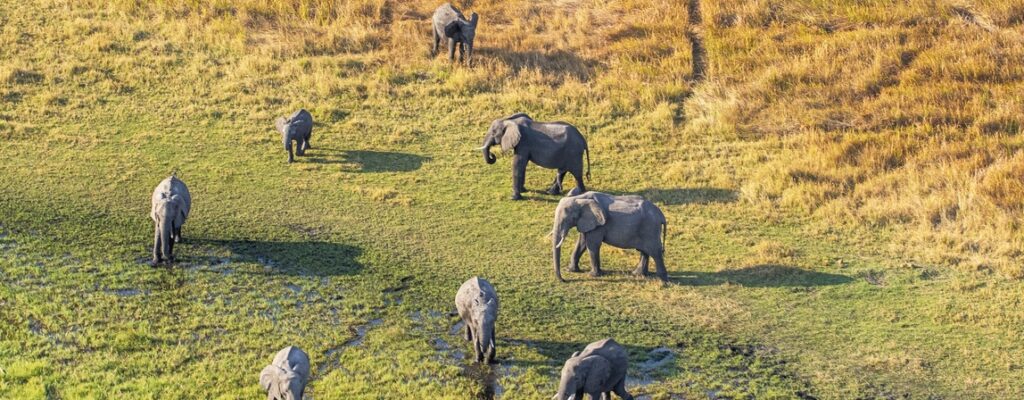Perspectives Posted on 2024-07-30 11:27:20
WOAH actions
The history of WOAH’s involvement with wildlife and biodiversity
Keywords
Authors
W. B. Karesh (1) (2) (3), A. Rousier (2)*, J. Woodford & L. Recour (2)
(3) World Organisation for Animal Health (WOAH).
* Corresponding Author
Veterinarians have long been aware of the diseases that affect wild animals and have always had to respond to them, because some pathogens, such as rabies virus and West Nile virus, can spread between wildlife, humans and domestic animals. Increasingly, wild animals are being appreciated for their direct contribution to economies, as well as their key roles in providing ecosystem services, food security and cultural values. The World Organisation for Animal Health (WOAH) has been a leader in this area for over 70 years, with the World Assembly of Delegates (22nd General Session) adopting its first Resolution on Wildlife in May 1954 [1].
By the 1990s, new methods for diagnosing animal diseases and new vaccines derived from genetic engineering had been developed and, therefore, new opportunities for the monitoring and management of wildlife diseases became widely available. During this period, WOAH took a leadership role in collecting, collating and sharing information on wildlife diseases on an annual basis as part of its publication World Animal Health.
WOAH established its first Working Group, the Working Group on Wildlife Diseases chaired by Dr Michael Woodford, in 1993 [2]. Dr Woodford was also the chair of the International Union for the Conservation of Nature’s Veterinary Specialist Group, and the strong linkage between the two groups continues today, providing both organisations and their members with benefits from shared expertise and complementary stakeholder engagement. Under the umbrella of WOAH’s Wildlife Health Framework [3], partnership engagement continues to expand with collaborative agreements being signed with organisations such as the Convention on Biological Diversity and the Convention on Trade in Endangered Species (CITES).
As befitting its name, the World Organisation for Animal Health continues to strive to fill the worldwide need for authoritative information and guidance related to the protection of wildlife health and how this benefits people, domestic animals and our shared planet.
https://doi.org/10.20506/bull.2024.1.3493
References
- Resolution No. 2 ‘Wild animals in the transmission of contagious animal diseases other than rabies’, adopted at the XXIInd Congress of the International Office of Epizootics (17–22 May 1954). Available at: https://doc.woah.org/dyn/portal/index.xhtml?page=alo&aloId=20814
- Report of the meeting of the OIE ad hoc group on wildlife diseases, Paris, 1–4 March 1993. Available at: https://doc.woah.org/dyn/portal/index.xhtml?page=alo&aloId=23725
- OIE Wildlife Health Framework – ‘Protecting wildlife health to achieve One Health’, OIE, March 2021. Available at: https://doc.woah.org/dyn/portal/index.xhtml?page=alo&aloId=41388











